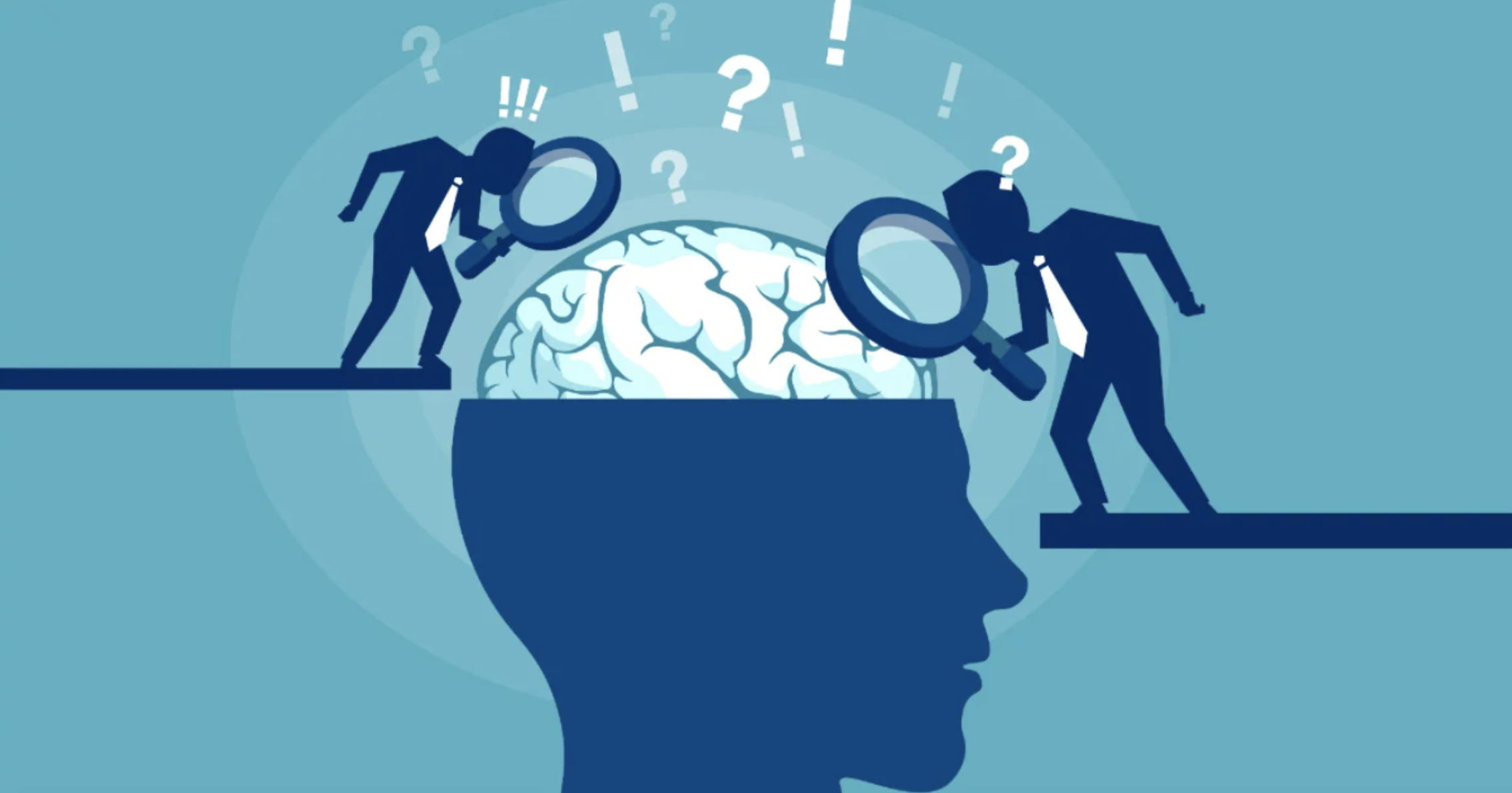Psychology & Graphic Design: 2 Fields, 1 Concept
WHAT IS PSYCHOLOGY?
Psychology is the scientific study of the mind and behavior, according to the American Psychological Association. Psychology is what allows you to understand the wants and needs of others. This scientific approach involved behaviorists, who study the behaviors of others and try and understand the reasoning behind them and how it is all connected to the brain.
WHAT IS GRAPHIC DESIGN?
Graphic design is a craft where professionals create visual content to communicate messages. There are multiple ways one can do this- through web or print. Examples include websites, mobile apps, posters, logo creation, and many more. As a designer, we come up with visual solutions rather than facts or theories. Solutions that can be seen and understood through the human eye through aesthetics.
PSYCHOLOGY IN GRAPHIC DESIGN
How do these 2 vitally different fields overlap? One has to do with science and cognitive understanding, while the other has to do with visuals and aesthetics. Well, the answer is, ‘the mind.’ A psychologist tries to understand the mind, while a designer tries to please the mind. In order to be a good designer, you have to understand psychology first.
As a designer, you are creating content for a person or a group of people. In order to create something effective that the user wants to see, you need to understand their needs first. If you do this, then you can understand what to create. Because a designer doesn’t create for themselves, they create for others.
Joe Leech explains this by saying, “A designer who doesn’t understand human psychologies is going to be no more successful than an architect who doesn’t understand physics.” As a designer, you work day in and day out to build what you believe to be among the best user experiences. Because all you want is to make your users’ life easier by providing them with the most effective and enjoyable experience.
FEEL & NEED STATEMENTS
A great way to understand a user’s needs is through feel and need statements. This way you can understand their need and how they feel about them. This gives you an idea of what your design needs to accomplish and what will make it successful in the eyes of your user. The setup for this statement goes, ” ______ makes me FEEL ______ because my NEED for _______ was OR was not being met.”
In this assignment, I practice these feel and need statements on myself by choosing a product, service, and device and creating a statement for each.
PRODUCT: STARBUCKS COFFEE
Starbucks coffee makes me feel energetic and serene because my need for stimulation was met. This is because I enjoy drinking coffee, and also use it to be motivated to do work. Sometimes I drink it for comfort and to feel relaxed and other times I drink it to get homework done.
SERVICE: DOCTORS VISITS
Doctor’s visits make me feel anxious and fidgety because my need for safety was not met. This is because doctor’s visits make me nervous. Although doctors themselves make me feel safe, the visit scares me because I never know what to expect.
DEVICE: APPLE WATCH
Apple watches make me feel satisfied because my need for movement and effectiveness was met. This is because I use an Apple watch to remind myself to stay active and to track any workouts I do. This allows me to feel like I’m staying healthy and accomplished.
WHAT DOES THIS ALL MEAN
Creating feel and need statements is just one part of the design thinking process. It allows you to gain a deeper understanding of your user and lays out what they need and how they feel about it. With the statements I created, I can go back and create solutions to the problems surrounding that. For example, let’s say I needed an app that helps me find good coffee shops near me. Now that you know how I feel about coffee and Starbucks specifically, you know what I want to find in a coffee shop app.
Feel and need statements might be small sentences, but they can be really helpful in the design thinking process. It’s just another step that allows us to understand who we are creating for.


